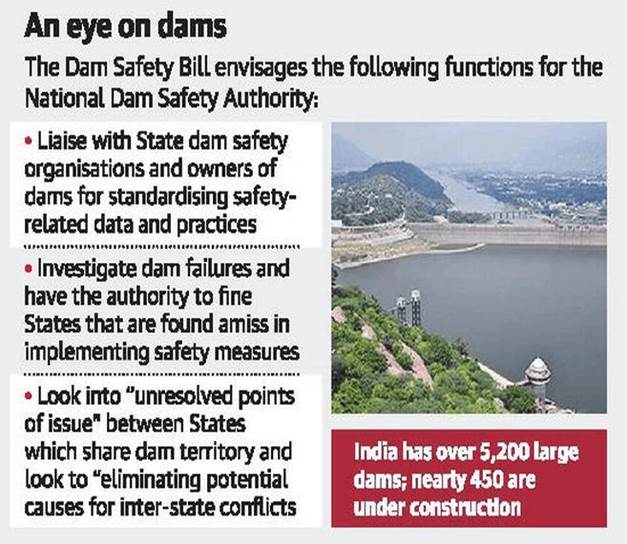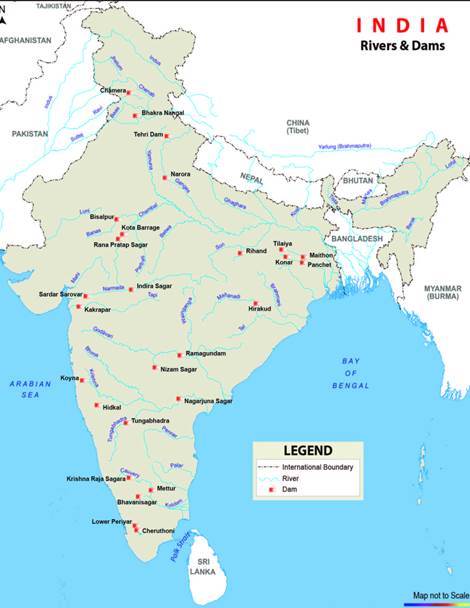Free Courses Sale ends Soon, Get It Now


Free Courses Sale ends Soon, Get It Now



Copyright infringement not intended
Context - The Union Government has organized National Workshop on Dam Safety Act, 2021.
Details
Dam Safety Act, 2021
Significance of Dams

Copyright infringement not intended
https://www.pib.gov.in/PressReleasePage.aspx?PRID=1834094
https://t.me/+hJqMV1O0se03Njk9
© 2024 iasgyan. All right reserved